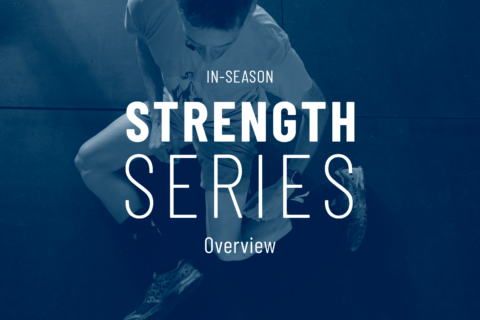
Welcome to Our In-Season Strength Training Series
Knowing how to structure strength training during the race season can be tricky. Our new strength training series is designed to help you stay strong and sharp as you compete.

Knowing how to structure strength training during the race season can be tricky. Our new strength training series is designed to help you stay strong and sharp as you compete.

How long? How much? How many? Tapering can be a dark art, but we’ve got all your questions answered to help deliver you to your next start line ready to go.
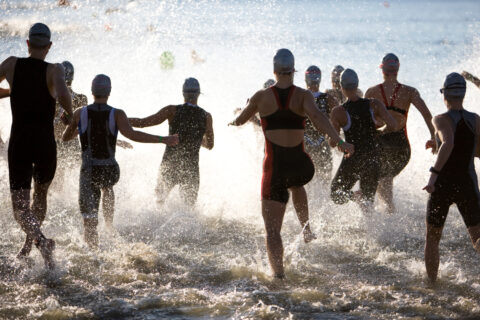
Learn how to help female athletes reach their potential with the latest knowledge from a stellar cast of experts and coaches.

Swimming can be an essential component of endurance cross-training by improving cardiovascular fitness in multiple ways. More importantly, swim workouts don’t have to be dull and monotonous. These Bon Jovi 100s will bring back all the nostalgia and happy-go-lucky, feel-good endorphins that make us smile.
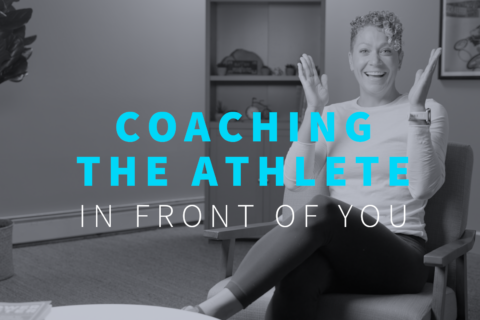
Lauren Vallee talks about how important it is to take into account an athlete’s background to truly do your best work as a coach.
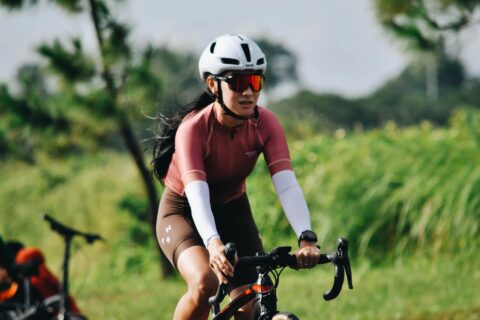
In this research digest Dr. Stacy Sims highlights some of the most pertinent female-specific research that every coach needs to know.

Dr. Stacy Sims gives her advice on how to coach women through all stages of menopause.

Being a mom and an athlete can require world-class juggling and coping skills. As a coach, how can you best support and empower these athletes? We find out from Coach Alison Freeman (who’s also a Mom-Athlete).

It can be difficult for male coaches to know their role in helping female athletes navigate performance in context of the menstrual cycle and hormones. Coach Bevan McKinnon shares his experience and learning on this topic and some helpful tools.
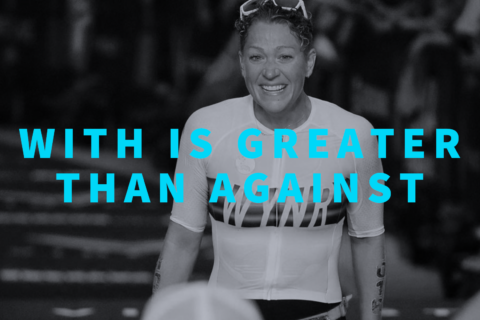
When female athletes are encouraged to work with their competitors—not against them—it raises everyone’s game, as Coach Lauren Vallee knows only too well.

Body image, underfueling, negative self-talk, comparison—these are just some of the things that commonly prevent female athletes achieving their best, yet they don’t have to. One coach shares her way of turning this around.
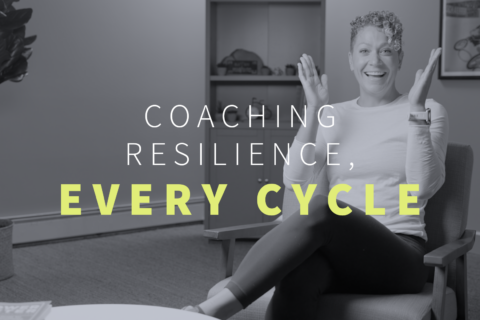
Lauren Vallee brings a unique perspective to an athlete’s menstrual cycle, viewing it as an opportunity for coach and athlete to build resilience every single month.
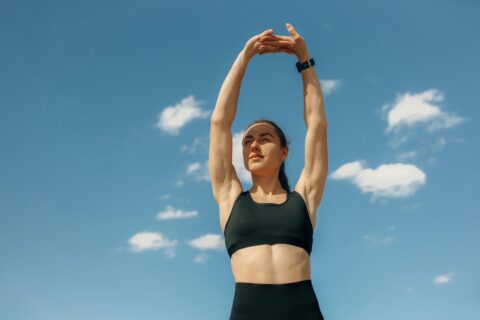
If an athlete is regularly tracking their menstrual cycle, it serves as a key performance indicator for adaptation and performance.
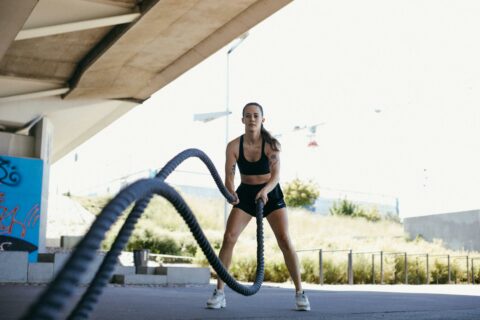
The misconception that “lighter is better” has undermined endurance athletes of all genders, but a shocking number of female athletes have been emotionally and physiologically destroyed by weigh-ins and negative body talk. Coaches can learn how to best navigate conversations on this topic with these simple guidelines.

When it comes to coaching female athletes there’s an abundance of myths and misconceptions. Physiologist Stacy Sims sets the record straight.
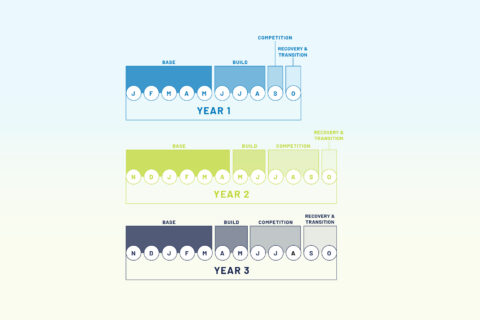
If you’re looking to tackle some ultra-endurance events it’s important to take a longer-term approach to your training that extends beyond a single season. We explain how and why.

This short HIIT session can be used by cyclists or runners to work on power without putting too much stress on the body.

Run your target marathon pace by developing basic speed before anything else.